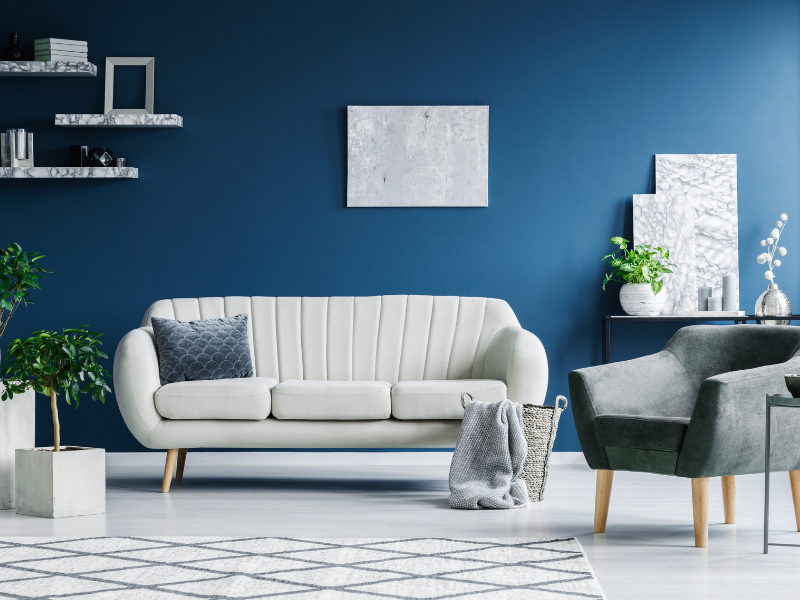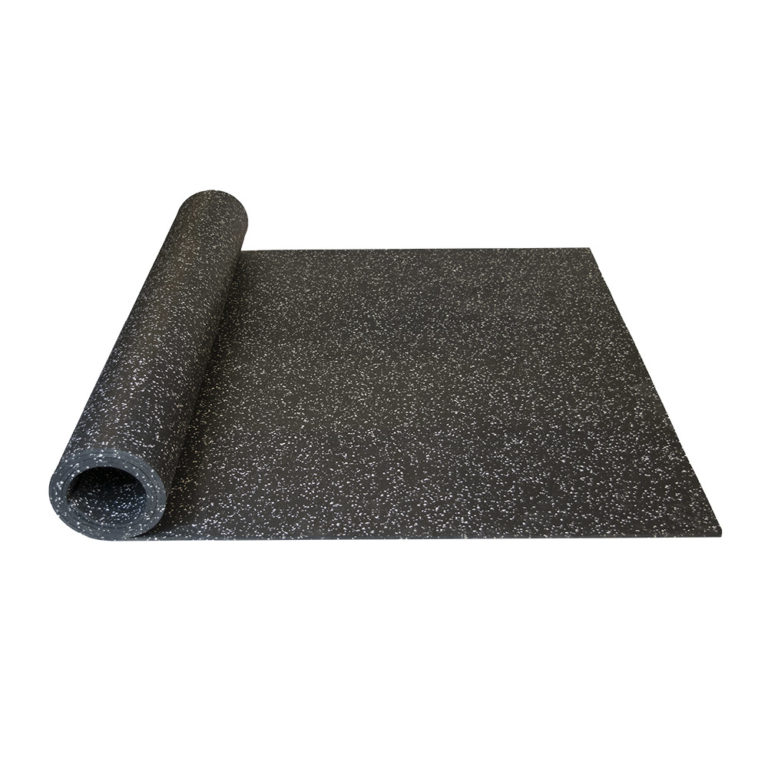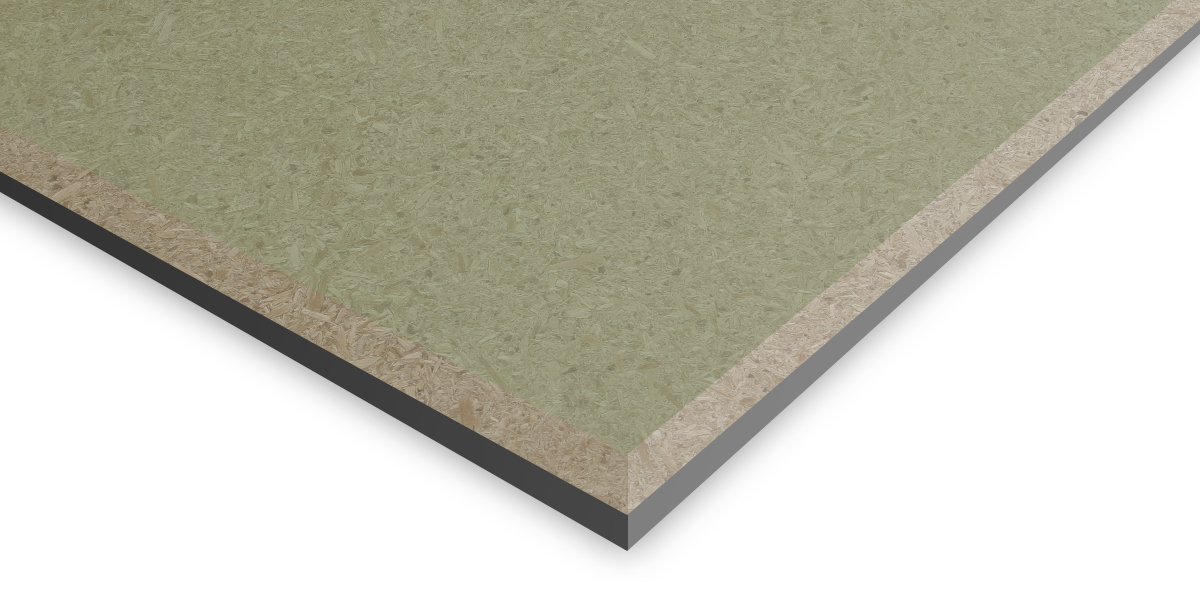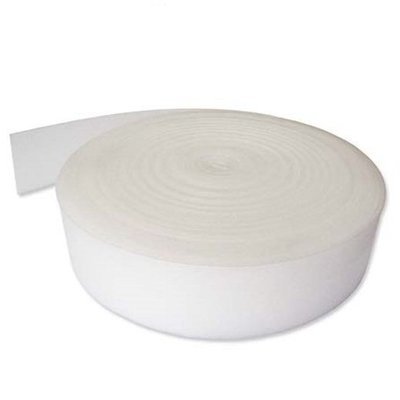How to Soundproof Concrete Floors
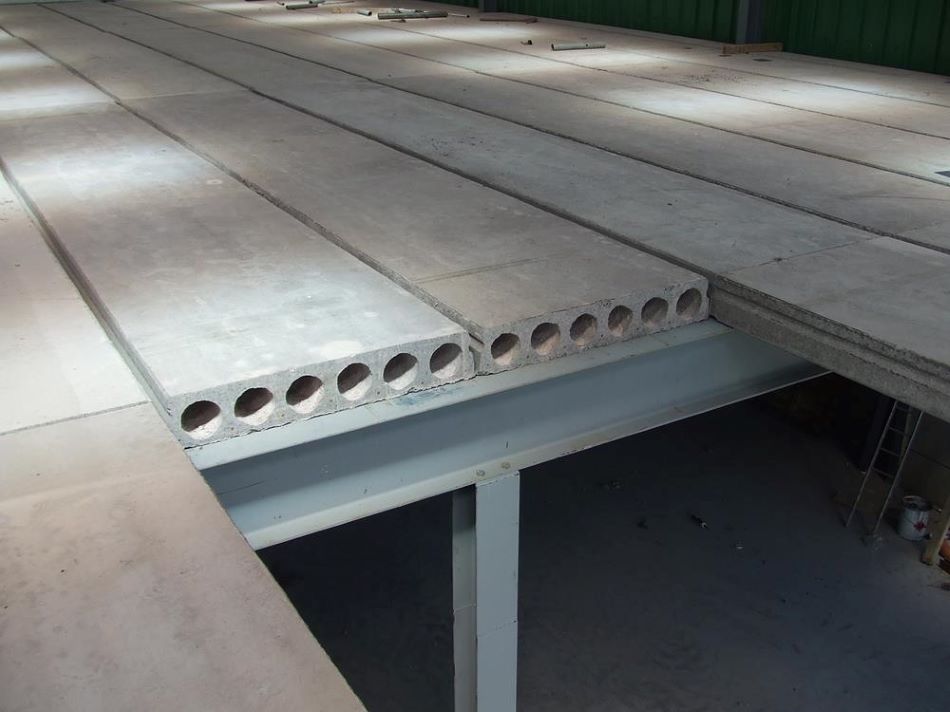
Soundproofing a concrete floor
How to soundproof a concrete floor to ensure sound does not transfer between this type of flooring. Most buildings with a concrete subfloor have sufficient mass and density to block airborne sound transfer. Conversation and TV noise would not usually pass between the floors of buildings that use concrete as the sub-floor. The main noise issue that you would expect for concrete flooring is impact sound. This type of sound would include footfall and moving objects across the floor.
The best way to soundproof concrete floors to reduce impact sound is to use a resilient layer over the concrete flooring. The soundproof layer is installed over the concrete and below the floor finish. The type of soundproofing you use to block impact sound through the concrete is made from materials that absorb impact sound before it transmits into the concrete. There are several products available for soundproofing concrete floors. Which you choose is often determined by factors including restrictions on floor height and the desired floor finish. Noisestop Systems has a range of concrete floor soundproofing solutions suitable for use with concrete and precast concrete floors.
Solutions for soundproofing concrete floors
Noisestop Systems provides a range of flooring products for use over concrete flooring. The two main floor soundproofing solutions for concrete flooring are soundproof membranes and floating floors.
Acoustic membranes for soundproofing concrete floors
Acoustic membranes are typically rolls or sheets of acoustic matting bonded to the sub-floor, this type of solution ranges in thickness from as little as 3mm. Thicker Soundproof underlays are available, but they often incorporate airborne noise reduction. A floor constructed from concrete would not usually require additional insulation to reduce airborne noise.
Noisestop Impact Mat acoustic membrane over concrete floors
Soundproof a concrete floor with a floating floor
Floating floors consist of membranes bonded to the back of interlocking flooring. Use the Concretedeck overlay boards to stop impact sound before it transmits into the concrete floor. Install this type of floor without directly fixing the concrete subfloor to avoid sound transfer. Concretedeck boards are suitable for new build, conversion and refurbishments and will meet Building Regulation requirements. Reduce impact sound transmission through concrete floors, this system does not need the additional protection of a moisture barrier (VCL) vapour control layer because the Isopoli will not absorb the moisture from a virgin screed.
Concretedeck floating floor overlay system
Reduce flanking sound through concrete flooring by isolating the walls
Most buildings constructed using concrete flooring typically have steel and concrete support structures. This type of construction can cause sound to transfer if there is a direct connection between the floor and walls surfaces. It is essential to isolate the flooring from the walls to reduce the possibility of flanking sound.
The flanking sound transfer associated with the concrete building travels across the floor and into a wall, where it can then transfer to other parts of the building. The best way to reduce flanking sound is to isolate the flooring from the walls. Ensure the flooring does not come into direct contact with the wall that forms the room’s perimeter. Using Isolation Tape around the room’s perimeter will reduce the possibility of impact sound transferring into the wall.
Isolate walls and floors with Noisestop Isolation Tape
Soundproofing posts
47 articles
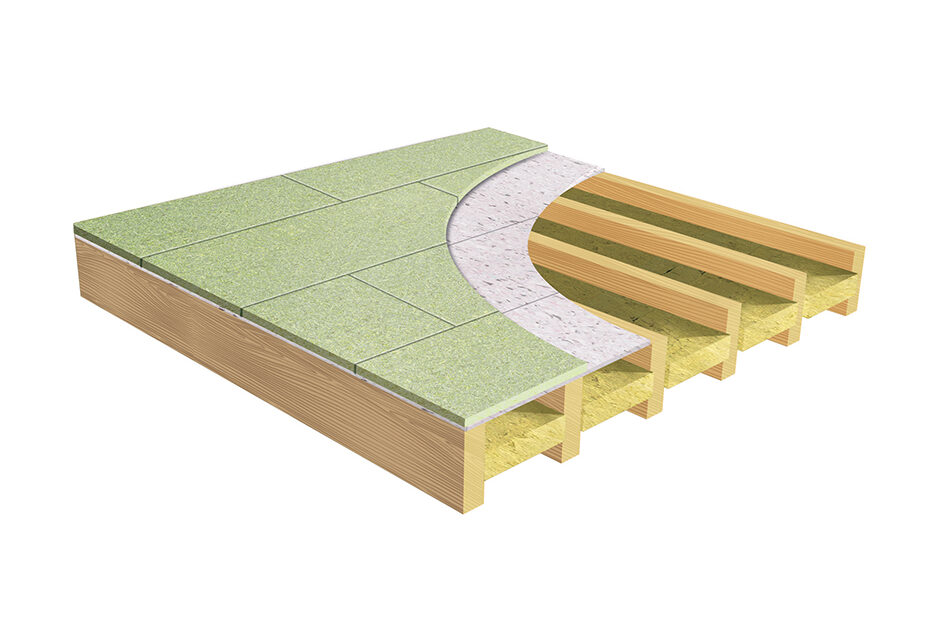
Part E Acoustic Solution for Timber Joist Separating Floors: Using Noisedeck 32, Insulation, and Soundbreaker Bars
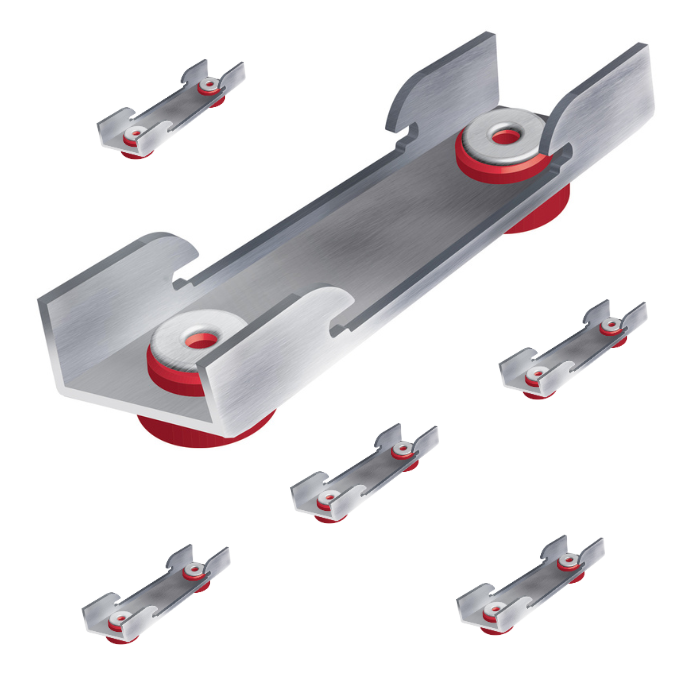
AcoustiClip Acoustic Wall Systems
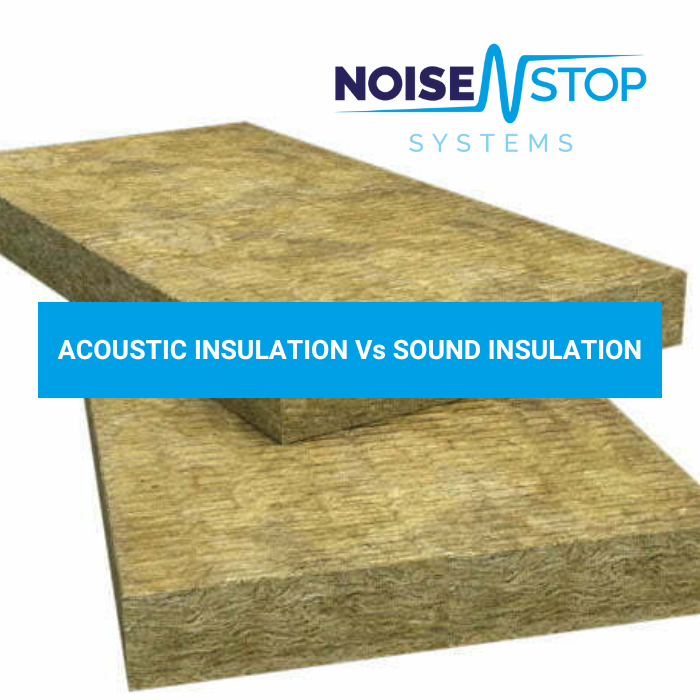
Soundproof Insulation vs. Acoustic Insulation: Understanding the Difference
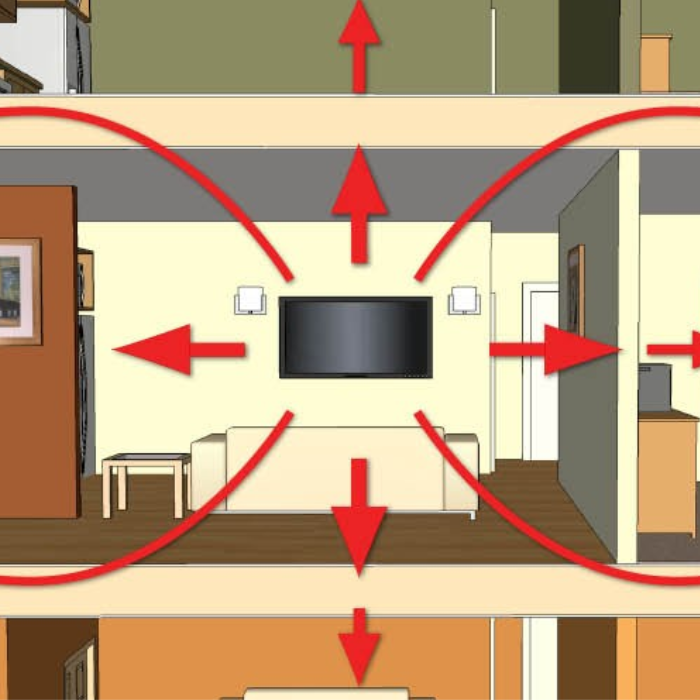
Flanking Noise
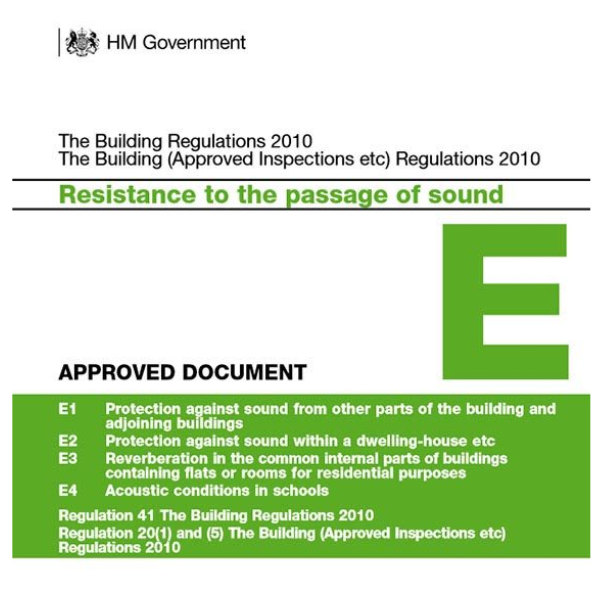
How To Pass Part E Building Regulations
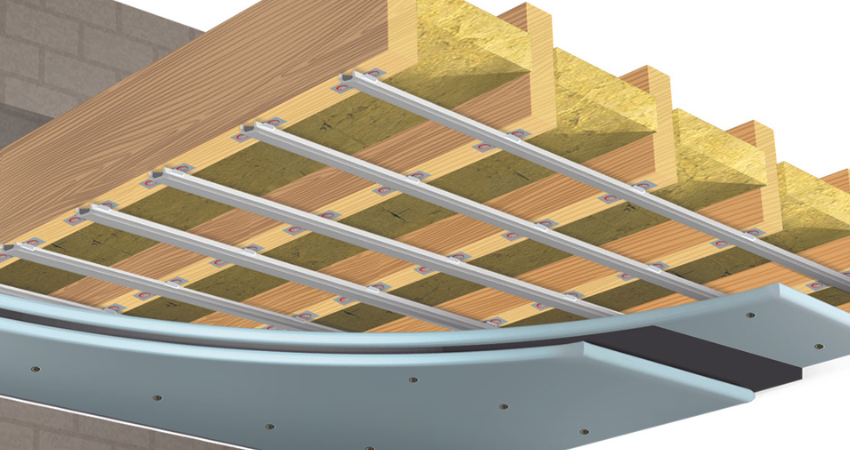
Acoustic Ceiling Soundproofing Systems
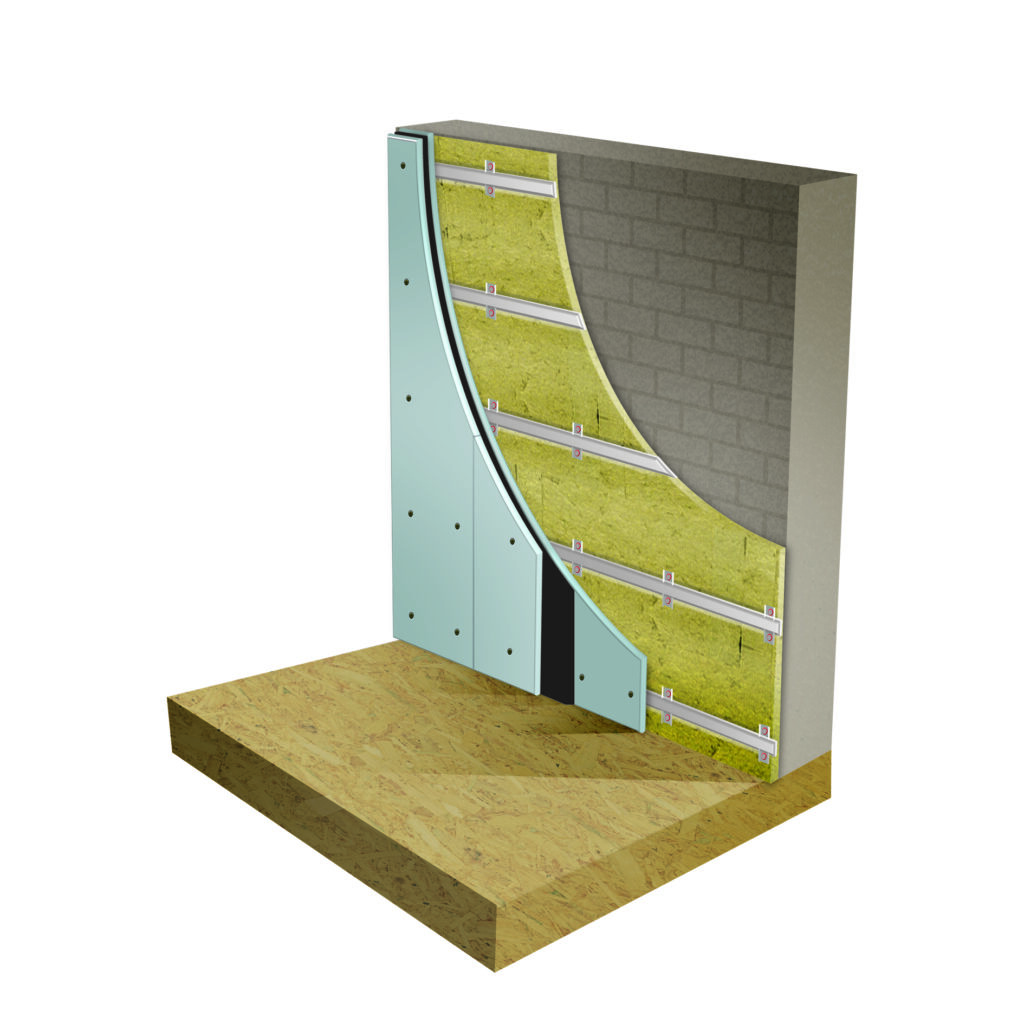
Soundproof a Wall Using Wall Soundproofing Systems
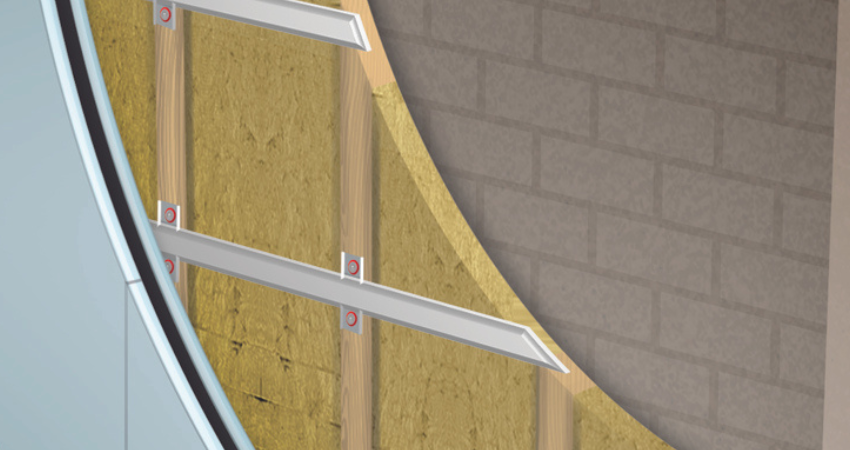
Soundproofing a Brick Wall Against Noisy Neighbours

Noisy Neighbour Soundproofing
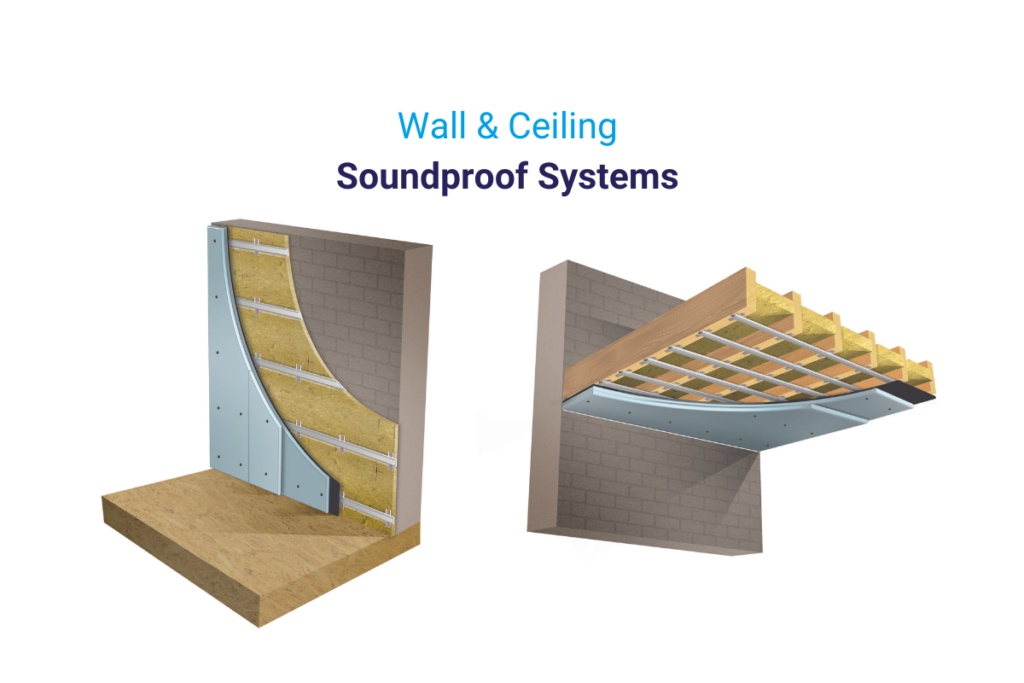
Soundproofing Systems
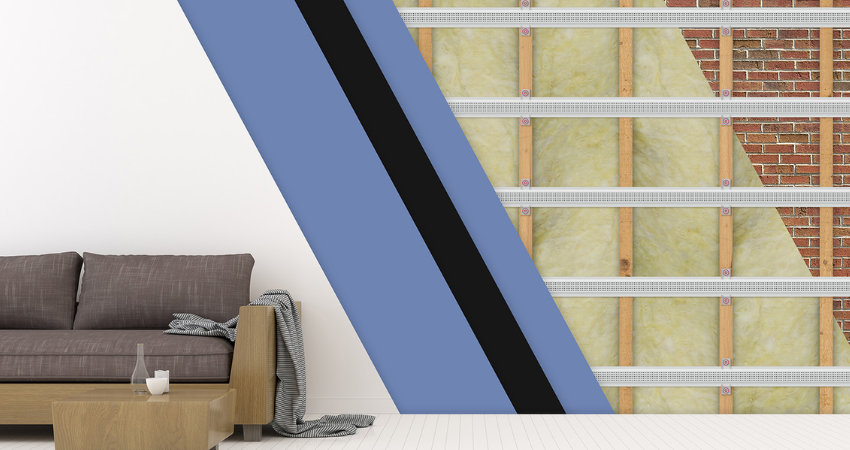
How to Soundproof a Room
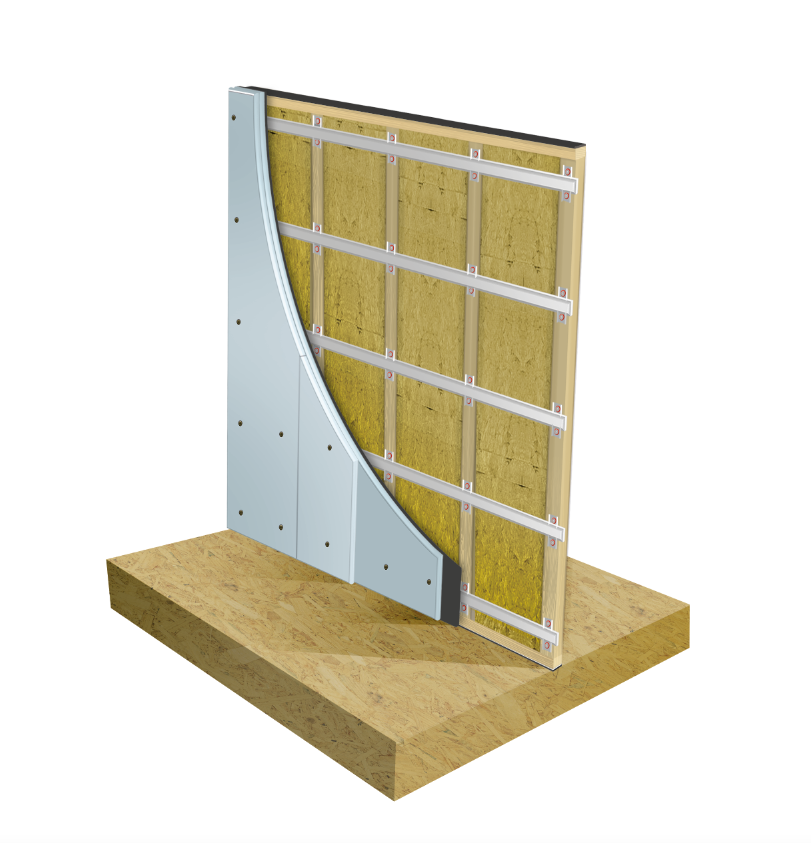
How to Soundproof a Stud Wall
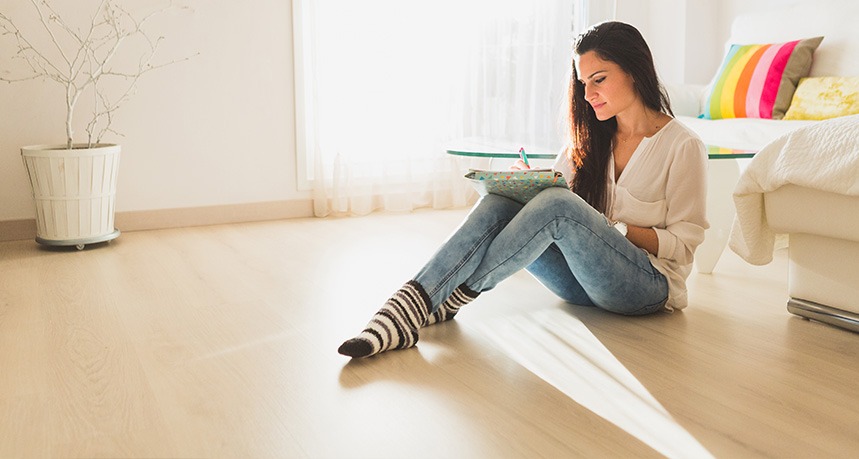
How to Soundproof Floors
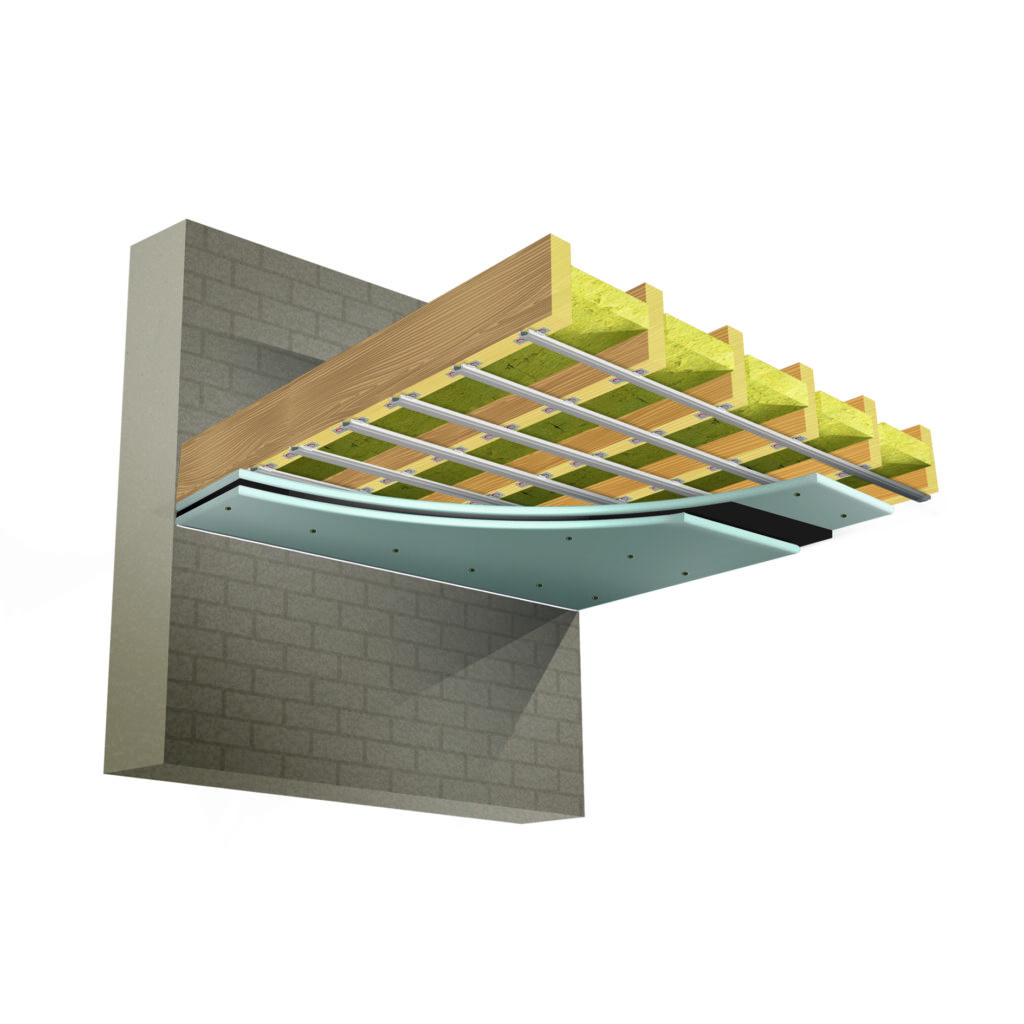
How to Soundproof Ceilings
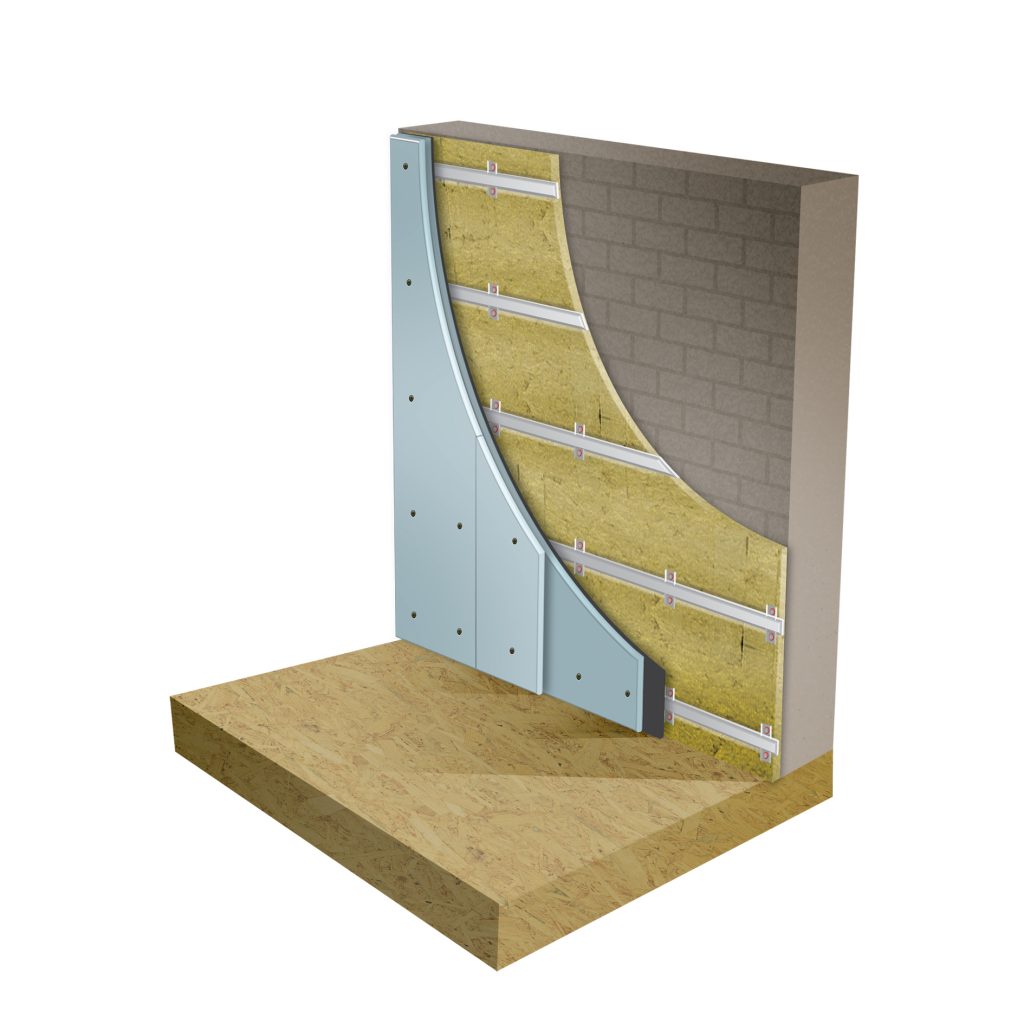
How to Soundproof a Party Wall
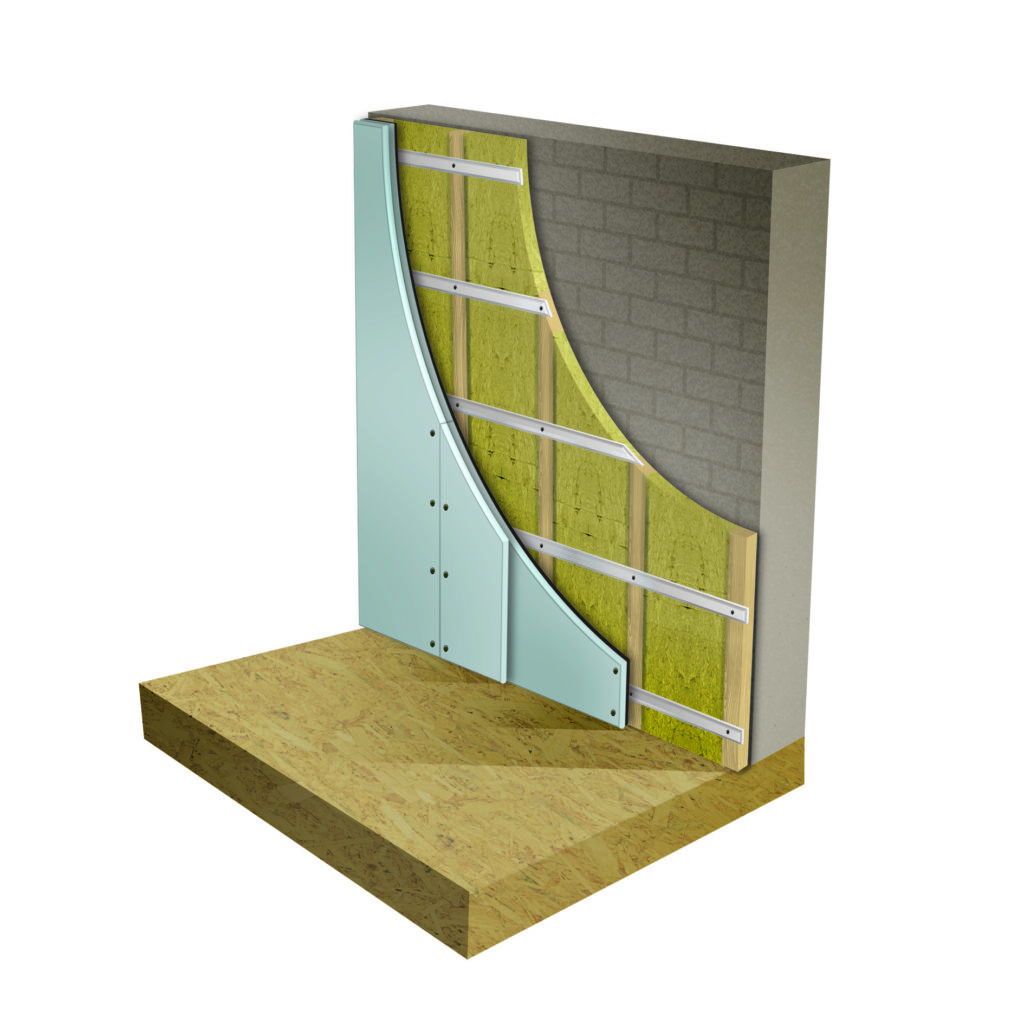
How to Soundproof Walls
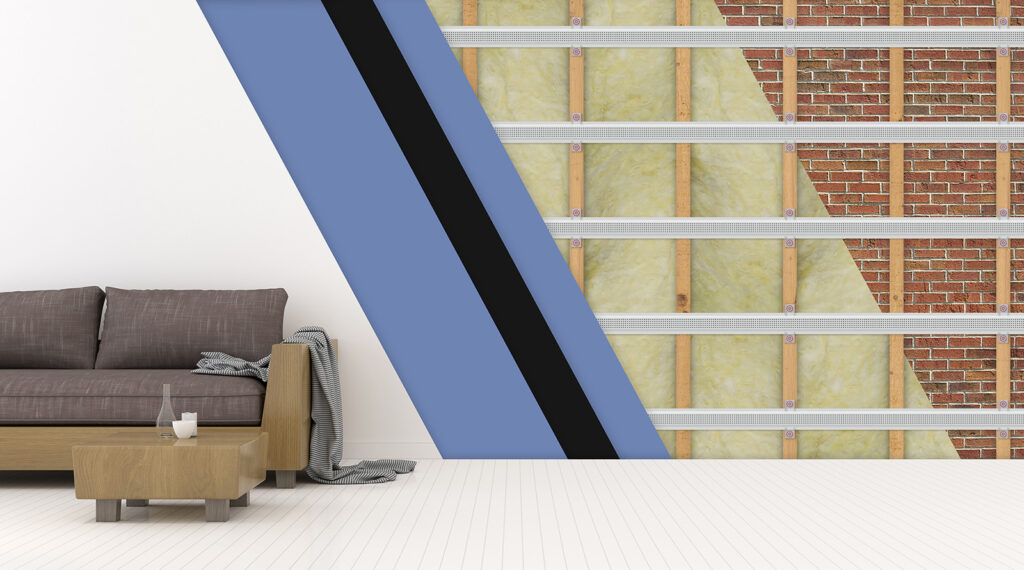
Solutions to Soundproof Stud walls
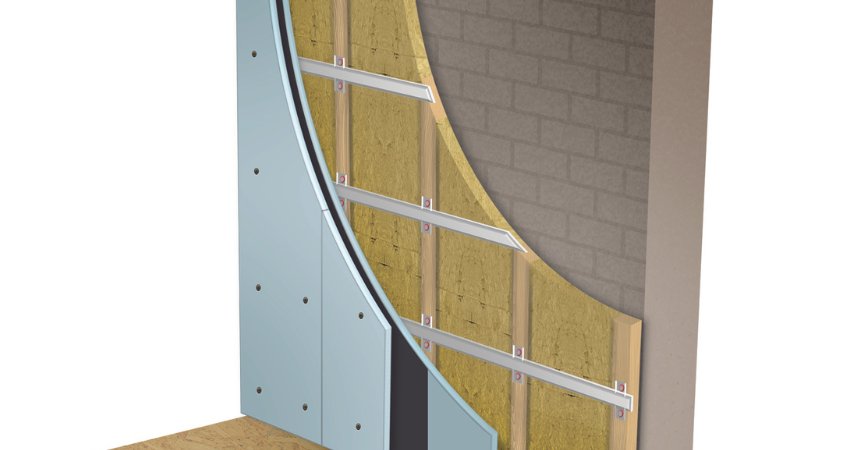
Direct to Wall Soundproofing Solutions for Brick Walls
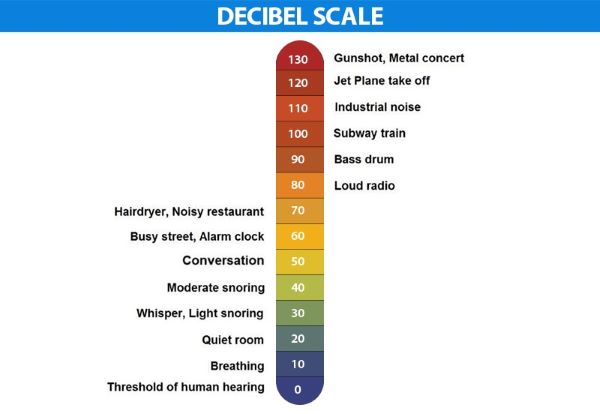
Decibels Explained
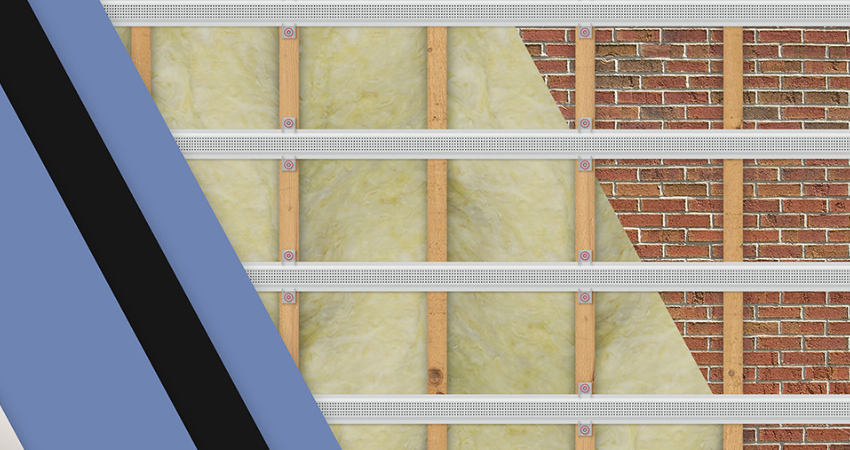
Soundproofing Materials for Walls
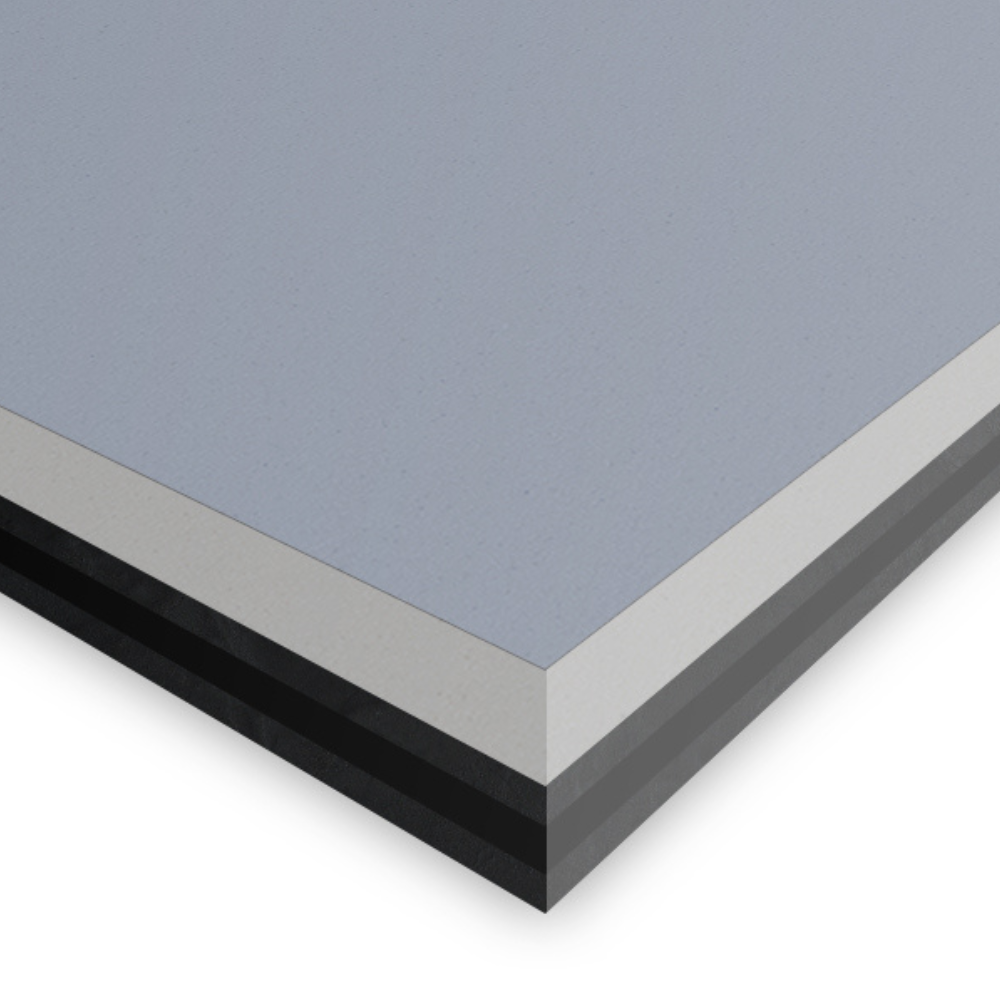
Soundproof Panels
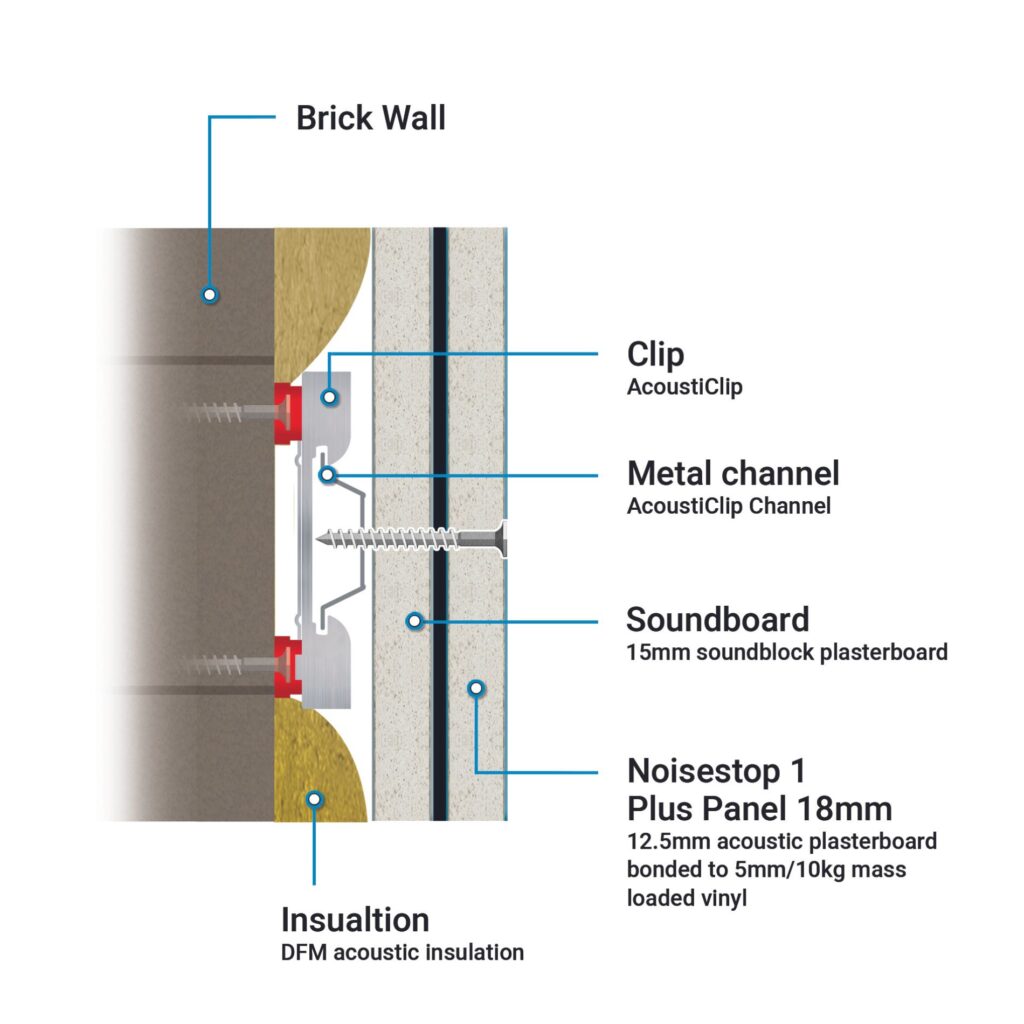
Fitting the AcoustiClip System to Walls
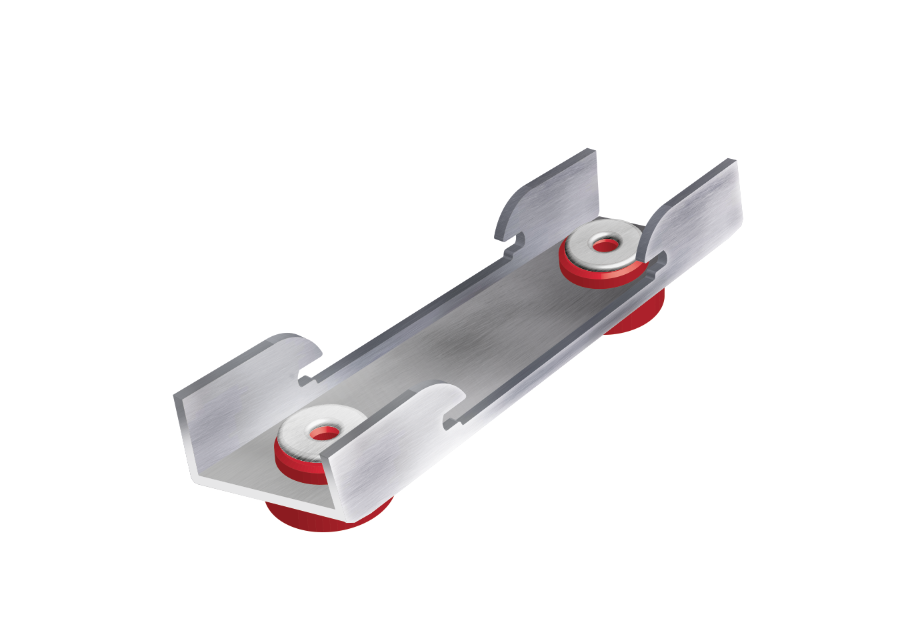
AcoustiClip Soundproof Isolation Clip
